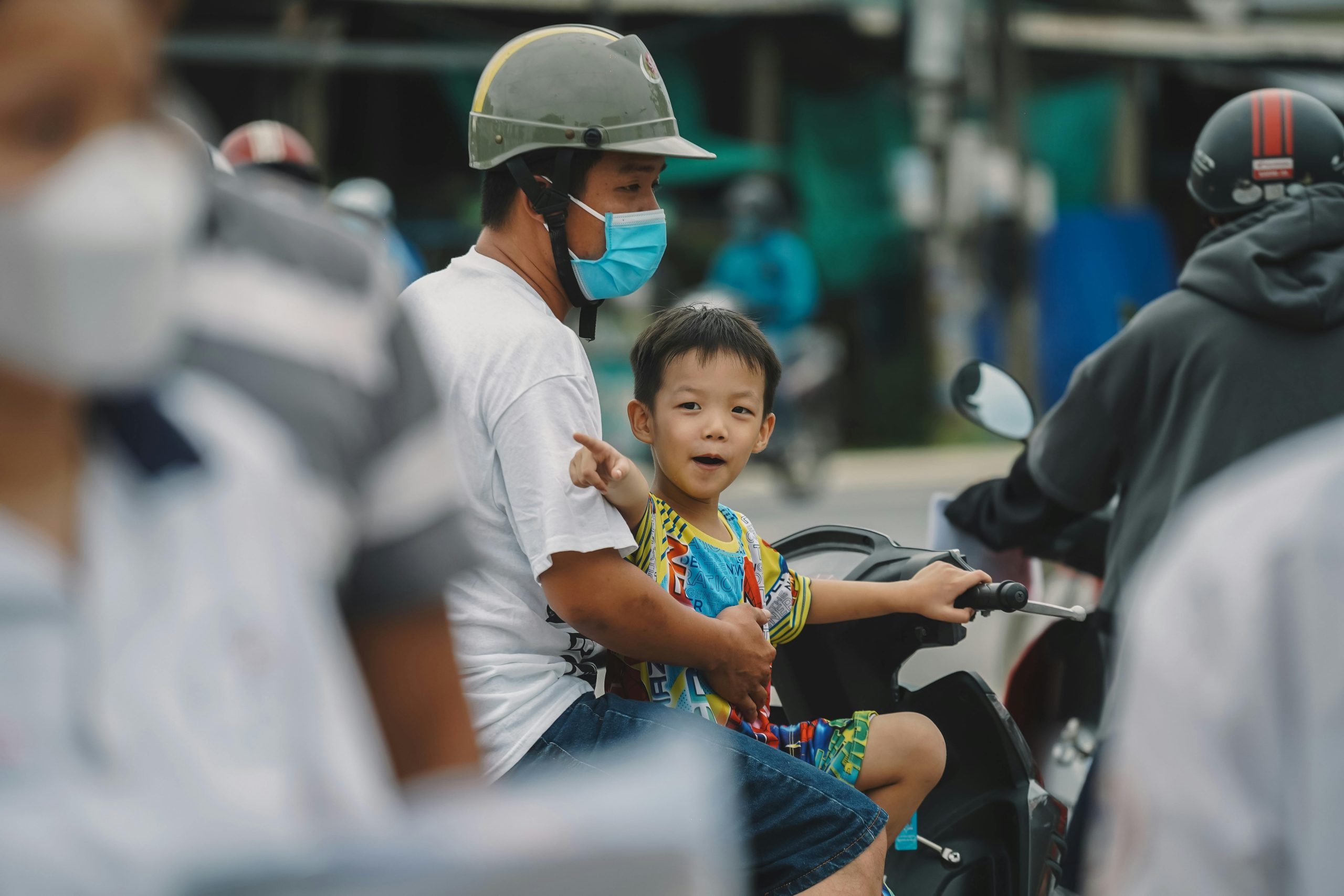Addressing Misinformation and Misguided Actions: A Call for Clarity on Protest Movements and Responsibility
Navigating family conversations around current events can be challenging, especially when mixed messages and misinformation come into play. Recently, I found myself grappling with concerns over my father’s unwavering belief in certain narratives surrounding protests scheduled to coincide with Armistice Day, a day traditionally dedicated to remembrance and peace.
My father has a tendency to label himself a conspiracy theorist, often dismissing mainstream information as part of a larger, hidden agenda. Despite this self-professed skepticism, he seems to have readily accepted claims circulating about a planned protest demanding a ceasefire, which he believes will turn violent. He is even contemplating traveling to London with the intention of “protecting the Cenotaph,” a memorial honoring those who served in war.
This situation raises important questions: How can we help loved ones recognize when they’re influenced by misinformation, especially when it leads to potentially confrontational actions? How can we foster critical thinking and ensure that our concerns are rooted in accurate understanding rather than reactionary narratives?
Understanding the Roots of Misinformation
Misinformation often spreads through trusted networks—social circles, online forums, or familial influence—and can be hard to counteract once firmly embedded. Self-identified conspiracy theorists may feel justified in their beliefs, yet they are often absorbing distorted or fabricated information that misrepresents peaceful protests as violent threats. It’s crucial to approach these conversations with empathy, patience, and a focus on factual information.
Promoting Critical Engagement
Rather than dismissing or confronting outright, encouraging critical engagement with sources can be more effective. Sharing reputable news outlets, providing context about the purpose of protests, and emphasizing the importance of peaceful remembrance on Armistice Day are steps toward fostering understanding. Asking open-ended questions such as, “What do you think this protest aims to achieve?” or “Have you looked into the organizers’ statements?” can invite reflection and reduce defensiveness.
Clarifying Intentions and Addressing Underlying Concerns
Sometimes, actions like traveling to protect memorials stem from underlying concerns about safety or respect for history. Clarifying the actual intentions behind protests—many of which are peaceful expressions of societal issues—can help mitigate fears rooted in misconceptions. Explaining that the vast majority of protests are non-violent and that organizing bodies typically prioritize safety can reassure.
Encouraging Constructive Dialogue
Given the emotional charge surrounding national remembrance and ongoing conflicts, it’s understandable

